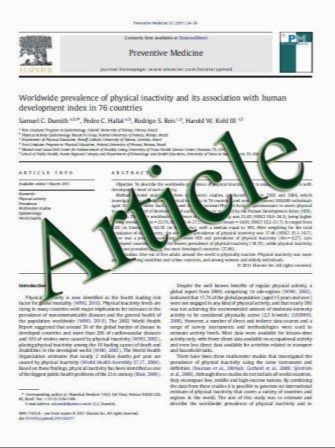Risk factors associated with acute kidney injury in extremely low birth weight (ELBW) infants
- نوع فایل : کتاب
- زبان : انگلیسی
- مؤلف : Sreekanth Viswanathan & Bindu Manyam & Timur Azhibekov & Maroun J. Mhanna
- چاپ و سال / کشور: 2011
Description
The aim of this study was to determine the incidence, risk factors, and outcome of acute kidney injury (AKI) in extremely low birth weight (ELBW) infants. In a case–control study, medical records of all ELBW infants who were admitted to our Neonatal Intensive Care Unit (NICU) between 1 January 2000 and 31 January 2008 were reviewed. During the study period, 12.5% (59/472) of all ELBW infants developed AKI. Forty-six infants with available medical records were matched to 46 controls. The mean gestational age and birth weight of infants with AKI and their controls were 24.7±1.8 vs. 24.9±1.9 weeks (p=0.61) and 614± 128 vs. 616±127 g (p=0.93), respectively. Infants with AKI had a higher mean airway pressure, a lower mean arterial blood pressure, and higher exposure to cefotaxime than their controls. Infants with AKI also had an increased mortality in comparison to their controls [33/46 (70%) vs. 10/46 (22%), respectively; p<0.0001), and oliguric patients had a higher mortality than nonoliguric patients [31/38 (81%) vs. 2/8 (25%), respectively, p=0.003]. Based on our results, we conclude that a high mean airway pressure, low blood pressure, and the use of cefotaxime are associated with renal failure in ELBW infants. AKI in ELBW infants is also associated with an increased mortality, especially in the presence of oliguria.
Pediatr Nephrol DOI 10.1007/s00467-011-1977-8 Received: 31 January 2011 / Revised: 8 July 2011 / Accepted: 15 July 2011


